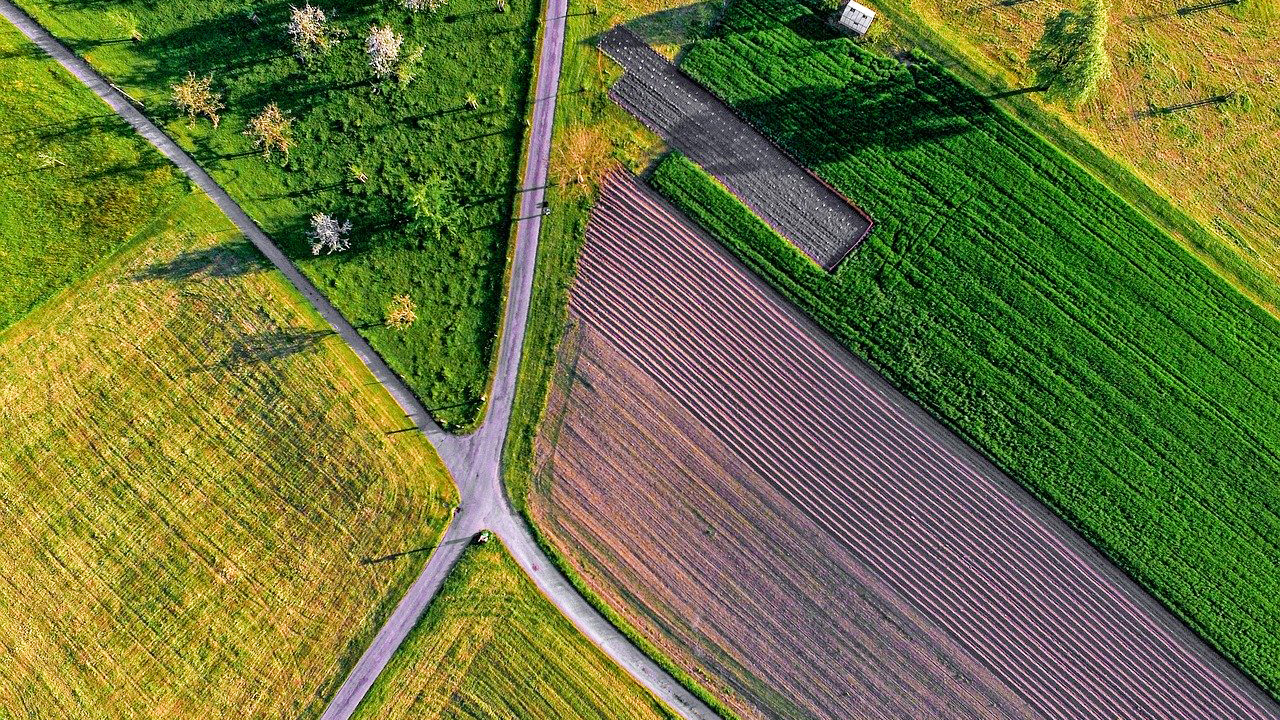Authors: Stephen Meredith, Ben Allen, Gauthier Schefer
The European Commission has published its long-awaited strategy on food and farming that sets out the EU’s long-term goals and direction of travel to 2030 for the agri-food sector. IEEP’s agriculture researchers share their first impressions.
The Farm to Fork strategy is a key and necessary element of the European Green Deal, and together with the new EU biodiversity strategy comes at an important moment as European leaders get ready to decide their priorities for the next EU budget and Europe’s recovery plan in response to the COVID-19 crisis.
Recognition of the scale of challenges facing our food and farming systems
The EU Farm to Fork strategy represents an important new departure point, bringing existing policies out of their traditionally sectoral and narrow scope.
It is a welcome initiative that starts to take a more systemic approach to EU food and farming policymaking. It recognises the need for food systems to reduce their environmental and climate footprint and increase their resilience in the face of climate change and biodiversity loss.
| Food systems are responsible for between 21-37% of the world’s greenhouse gas emissions |
Indeed, food systems are responsible for between 21-37% of the world’s greenhouse gas emissions (pre- and post-production activities) and we’re facing significant decreases in biodiversity globally, which underpin our food security.
The strategy also takes account of the impacts of the COVID crisis that have led to a growing recognition of the vulnerabilities of linear food supply chains including the often precarious working conditions faced by many agricultural workers across Europe and the risks to farmers’ livelihoods.
The emerging impacts of the COVID-19 crisis also see a renewed emphasis placed on food security. While many of the different dimensions of food security are acknowledged, it is critical that the strategy delivers on all dimensions of food security, not just the availability of food commodities and products.
Overall, the strategy acknowledges many of the key challenges faced by the complex socio-ecological nature of agri-food systems.
| The strategy acknowledges many of the key challenges faced by the complex socio-ecological nature of agri-food systems |
This includes the growing pressures on natural resources and the climate, the environmental footprint of the processing and retail sector as well as primary production and the prevalence of diet-related diseases influenced by an unfavourable ‘food environment’. Furthermore, it acknowledges that these challenges cannot be addressed in isolation.
However, the interconnections between these challenges will require further assessment when designing and implementing the different initiatives that make up the strategy – particularly addressing the synergies and trade-offs of policy choices. This includes working towards a safe operating space for EU livestock that balances human needs and the adverse negative environmental and social impacts of intensive livestock production.
Moving towards a comprehensive framework for food policy driven by targets
Central to the implementation of the strategy will be the development of an EU legal framework for a
‘sustainable food system’ by the end of 2023. This will complement the number of headline targets and initiatives proposed in the strategy by establishing common definitions and general food sustainability principles.
| The framework will require a clear identification of what a ‘sustainable food system’ looks like |
The framework will require a clear identification of what a ‘sustainable food system’ looks like, not only to shape the response of different actions but also to steer the overall trajectory of the policy targets, assessing their achievements and ensuring coherence across all the policy areas that influence food systems (e.g. agriculture, food chains, trade, development).
Such a working definition is already necessary to fully inform the forthcoming policy debates on how to formulate a more sustainable EU food policy for the future and to guide work on reaching the targets as well as the proposed initiatives whose work will commence before the end of 2023.
The strategy’s headline targets reflect the long-recognised evidence of the negative externalities of food and farming and the potential pathways for internalising them – with a specific focus on production, in contrast to consumption.
| Policy targets are not a panacea, but they provide a useful mechanism to send a clear signal |
Policy targets are not a panacea, but they provide a useful mechanism to send a clear signal to policymakers and administrations, farmers and businesses, and civil society of the necessity and urgency for all agri-food stakeholders to actively contribute to common environmental and sustainability goals. Targets further provide a means to enable the monitoring of progress towards these common goals and to hold to account those who are not delivering, potentially on a binding legal basis.
While the strategy is seen as integral to achieving the EU’s contribution to Sustainable Development Goals (SDGs), further work is needed to align these goals and accompanying targets with the strategy and European Green Deal more broadly. A recent analysis from IEEP and the SDSN on the performance of the EU and Member States on all 17 SDGs shows that the Member States need to accelerate progress on many of the goals affecting food systems.


